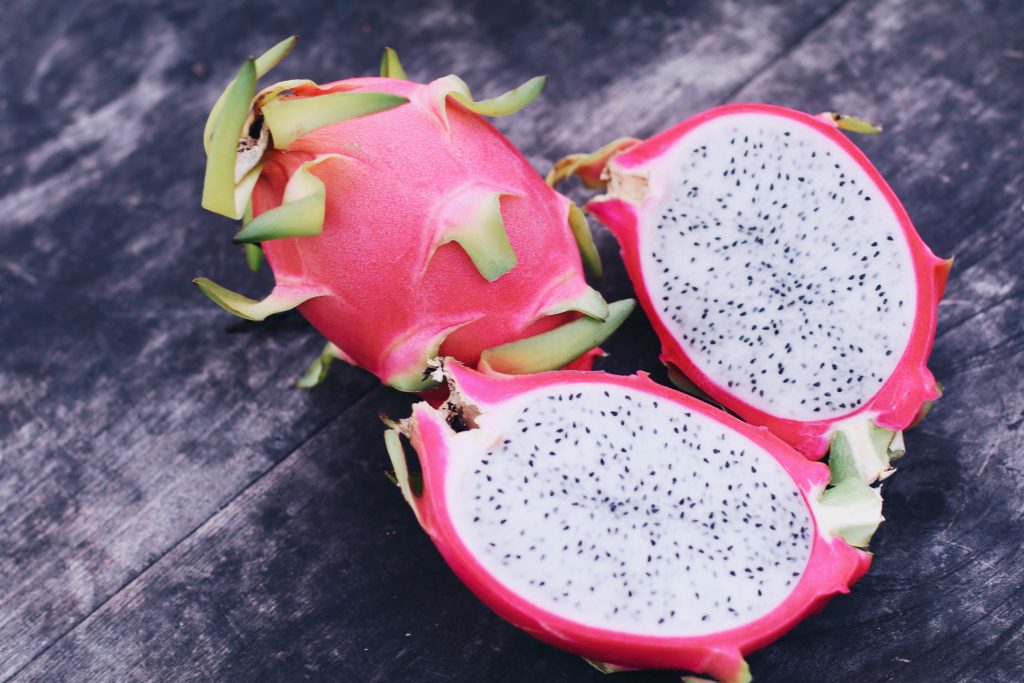Dragon Fruit: The Nutritious Fruit With Scaly Skin
The growing trends of a healthy lifestyle have boosted the demands for fruits. They serve as the source of nutrients, such as vitamins and minerals. One of the fruit, commonly found in the market, has distinct characteristics – pink colored, with spiked protrusions. That fruit would be dragon fruit, also known as pitaya. It belongs to Hylocereus genera, a group of spineless cacti.


Pitaya is originated from Central to South America. It was introduced to Indochina by French around 1870. Initially, for ornamental purposes, the fruit would later use by Chinese and Vietnamese as offerings. They put the fruit on top of an altar, flanked by two green dragon statues. They believed the offerings would give them blessings and good fortune. From this point, pitaya received the “dragon fruit” name, known by Vietnamese as Thang Loy. Dragon fruit plant was introduced to Indonesia in 1977.
The Hylocereus genus consists of several species, with two particular species are well-known: the white dragon fruit (Hylocereus undatus) and red dragon fruit (Hylocereus polyrhizus). Both of these dragon fruit species have pinked colored peel, with spiked protrusions, giving their scale-like appearance. However, their flesh has a different color: white for H. undatus, and red for H. polyrhizus. The plant itself is a kind of spineless cactus, able to reach 3-5 meter height. It has a basal root that grows inside the soil, with reach 30 -50 cm depth.

Being an epiphyte, it grows a lot of aerial roots from its triangular trunks, enabling the plant to climb into the tree trunk, wall or support rods. The flowers have trumpet-like shaped, white to yellowish coloration, and blooms between evening to midnight.
Dragon fruit plants prefer dry tropical climate, with a moderate amount of rain (60 mm/month) and 70 – 80% sunlight intensity. They are well suited in the lowland region (0 – 350 m above sea level), with a temperature range between 26 – 36 oC. A slightly alkaline soil (pH 6,5 – 7) is suitable to sustain the plant’s growth. Dragon fruit plants are cultivated in Central and South America, as well as Southeast Asia countries like Vietnam, Thailand, and Malaysia. In Indonesia, they are cultivated in Mojokerto, Jember, Malang, Pasuruan, Banyuwangi, Ponorogo, Wonogiri, Kalibawang, and Kulon Progo.

